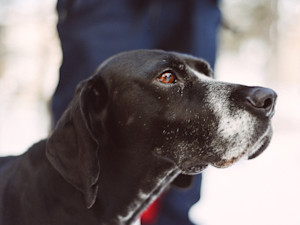Certain Dog Breeds Are More Likely to Get Cancer, New Study Finds
It's actually not the big ones.
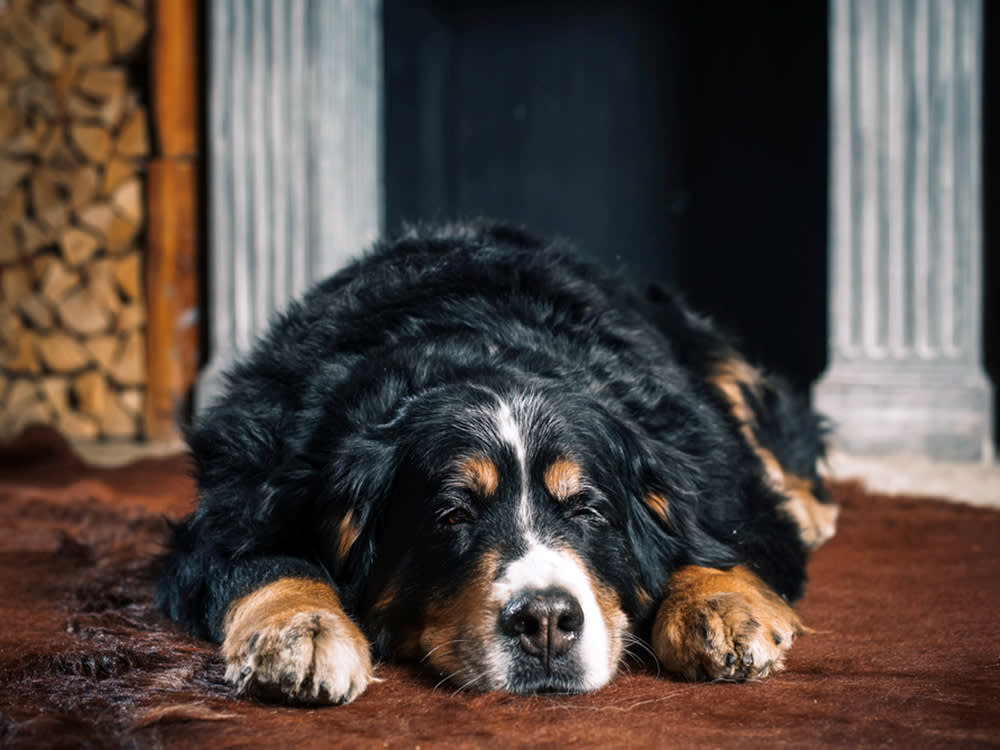
Share Article
Cancer is the leading cause of death in dogsopens in a new tab after old age; pups get cancer at roughly the same rateopens in a new tab as humans, which means about one in three dogs will develop canceropens in a new tab at some point in their lives. According to the American Veterinary Medical Association (AVMA), half of dogs over the age of 10 will develop cancer. That risk nearly doublesopens in a new tab for purebred dogs. A new study aimed to find out more about which pups are most at risk of developing cancer — and came back with some surprising findings.
How size affects cancer risk
The study, published in the Royal Society Open Scienceopens in a new tab, lead by Dr. Leonard Nunney, notes that generally, larger beings (within the same species) are more likely to get cancer than smaller ones. “As things get bigger they are expected to be more prone to cancer. I’d previously shown that in humans we see this pattern,” Dr. Nunney told ABC Newsopens in a new tab. “The difference is in dogs, you have things that range in size from a Chihuahua up to a Mastiff or a Great Dane.”

Trick question: All dogs are perfect! But find out which type is the best fit for you.
Knowing this, you might expect the largest dogs to have the highest rates of cancer — but in his analysis of multiple canine mortality databases and surveys, Dr. Nunney found that wasn’t the case. That’s because, tragically, older dogs are less likely to live long enough to get cancer. “Small dog breeds, such as Shih Tzu, Chihuahuas, Dachshunds, and Toy Poodles, may often live into their teens or even early twenties,” veterinarian Dr. Athena Gaffud recently told Kinshipopens in a new tab. “On the other hand, larger breeds, such as Mastiffs, Great Danes, Saint Bernards, and Great Pyrenees, may have average lifespans ranging from six to twelve years.”
The senior years are generally when dogs get cancer — and the sad truth is that very large dogs often have few senior years. “Cancer is primarily a disease of old age, so if big dogs are dying at a younger age, they’re going to have less cancer than you’d otherwise expect them to have if they lived to 15, 16 years of age,” Dr. Nunney told ABC.
Breeds at higher risk of developing cancer
Different breeds of dogs can differ wildly in their rates of cancer mortality — for example, according to one dataset Dr. Nunney’s study cites, Miniature Pinschers have a risk of only four percent, while Bernese Mountain Dogs have a 55 percent chance of dying of cancer.
Dr. Nunney found that Flat-Coated Retrievers have a significantly higher chance of developing cancer than other breeds. Scottish Terriers (which have a high risk of bladder cancer, in particular), Bernese Mountain Dogs, and Bullmastiffs also showed a “notable risk” — their rates were 50 percent higher than expected. In general, Terriers seem to “experience elevated cancer mortality.”
No breeds showed a significantly reduced risk of cancer, but Dalmatians and Bulldogs had “consistently low” rates for their size. “The East Siberian Laika and the Tibetan Mastiff also showed some indication of reduced cancer mortality,” Dr. Nunney wrote, but he noted that these breeds were only present in one dataset, so we don’t yet have enough data to support this idea strongly.
The two smallest dogs considered, the Chihuahua and the Pomeranian, “had the lowest cancer mortality (less than or equal to 10 percent),” Dr. Nunney wrote. The Pekinese also had a rate of less than or equal to 10 percent.
“Some of these breed differences in cancer risk may be due to the effects of inbreeding,” wrote Dr. Nunney in his report. “Inbreeding has probably occurred to varying degrees throughout the long history of dog domestication, and in the relatively recent creation of many newly distinct breeds.” His findings did not ultimately find an increase in cancer mortality due to inbreeding, but they did show that on average, “mixed breed dogs live about 1.2 years longer than pure bred ones of similar size.”
Some breeding choices may contribute to an increased risk of specific types of cancer. For example, the study notes that many large breeds suffer from osteosarcoma, “possibly due to the extended period of bone growth resulting from the selection for large size.”
Regardless of your dog’s breed or size, your dog should see a vet opens in a new tabonce or twice a year for a standard check-in. And if you happen to find a lump or bump on your pet, don’t panic — but get them to the vet ASAP. “It’s easy for a vet to rule a lot of things out, but it’s very hard to do it just by looking,” veterinarian Dr. John Iovinoopens in a new tab told Kinship in 2023. “If the lump is under the skin and feels hard like a marble or golf ball, the only way to know what’s going on is to do some testing.” Early detection gives your pup the best chance to thrive.

Sio Hornbuckle
Sio Hornbuckle is a writer living in New York City with their cat, Toni Collette.
Related articles
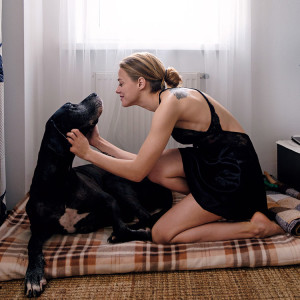 opens in a new tab
opens in a new tabA New Drug Aims to Extend the Life Expectancy of Large Dogs
The FDA determined it has a “reasonable expectation of effectiveness.”
 opens in a new tab
opens in a new tabCancer in Dogs: A Primer on Canine Cancers
The word cancer can set alarm bells, turn down the volume by brushing up on cancer basics.
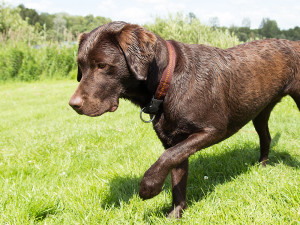 opens in a new tab
opens in a new tabHow to Get a Head Start on Your Pet’s Health
Spot lumps, limps, and lethargy early on.
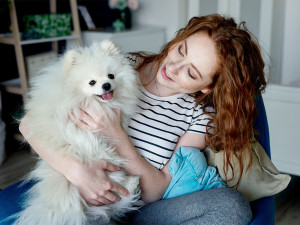 opens in a new tab
opens in a new tabHow to Take Care of a Senior Dog
As dogs age, it’s important to recognize both physical and mental changes they may be experiencing.
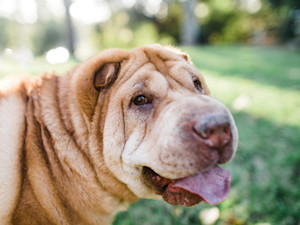 opens in a new tab
opens in a new tabLipomas in Dogs: Causes, Symptoms and Treatment of Fatty Tumors
Here’s why you (probably) shouldn’t worry.
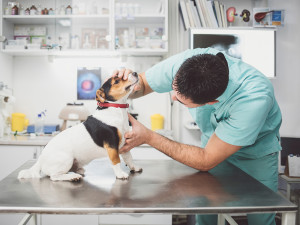 opens in a new tab
opens in a new tabLymphoma Cancer in Dogs: What You Need to Know
Find out what causes lymphoma in dogs and how you can help your pup.

